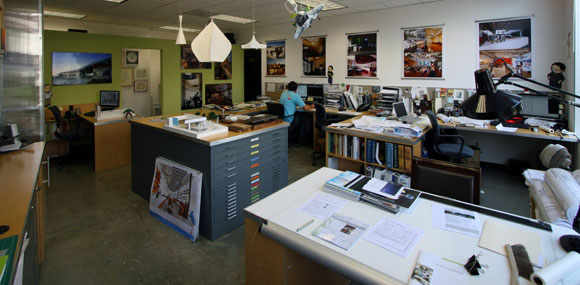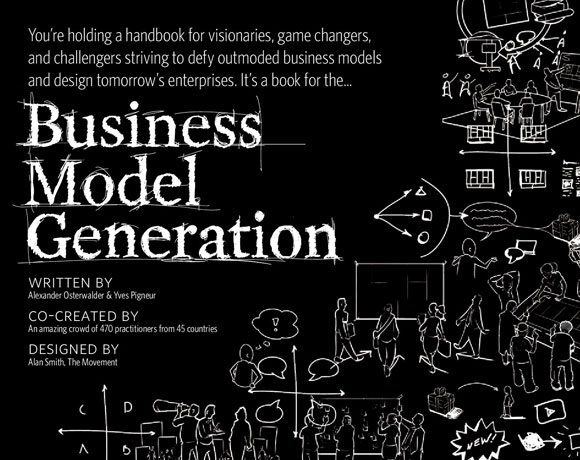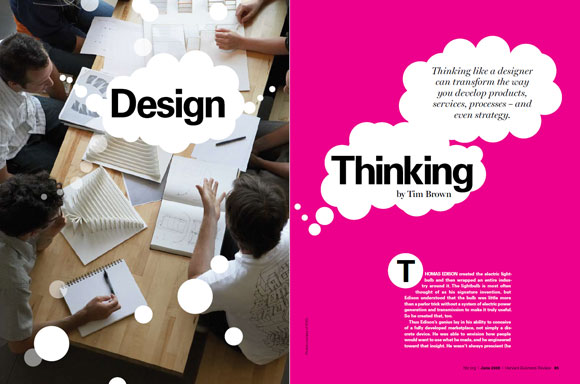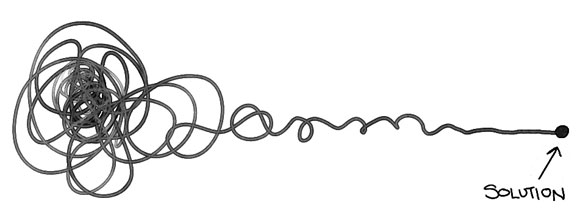THE GIFTERS PODCAST, PART 2 OF 2: PROBLEM SOLVING, PRESENTATION, AND PUBLICATIONS
Steampunk-inspired sketch by Anthony Poon
Please enjoy more excerpts from Christopher Kai’s podcast series with me, The Gifters: Your Story is a Gift to the World. (episode 209). Excerpts from part one are here.
Christopher Kai: If you do not share your voice, your voice won’t be heard, and if your voice isn’t heard, you’re never really going to do what you say you want to do. What do you think architects know that other people might not, relative to the thinking process?
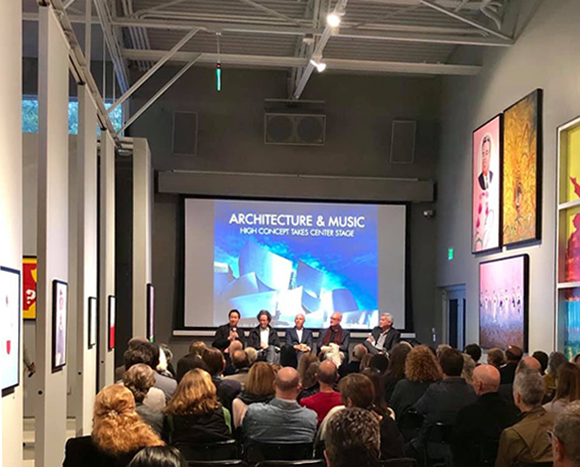
Anthony Poon: I think of two things. The first is architects are trained to be problem solvers. They’re trained to examine a broad number of topics all at one time, and look for solutions and options, prototype and test, and do a lot of what the business world is calling Design Thinking. It’s all a skill set that can apply to cooking a meal in your kitchen, to designing a library, to even raising children.
The other thing in architecture—as you talk about communication and presentation—is that though a lot of architects are talented, and though everyone has great ideas in their head, the key part is to be able to tell these stories, to present a narrative. You have to make a convincing presentation to the client, whether it is a husband and wife, board president of a museum, or decision makers at the university. You have to be able to communicate your ideas, and you have to do it convincingly. You have to tell them the why, how it’s important to them, and what the value is that they get out of your design ideas. If you don’t do this well, then you’re just a lonely poet sitting in your bedroom, jotting things down on a private piece of paper, but not getting your ideas out there.
Christopher: You get to create an idea, put it on paper, and then literally see it coming to fruition in an actual building. Tell us a little bit about your book because you’re also an author as well.
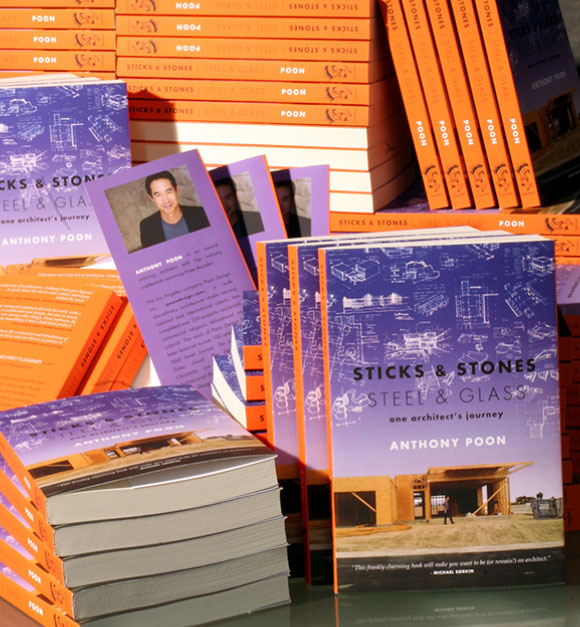
Anthony: I have two books published and one in the works. The book that came out three years ago is called Sticks and Stones / Steel and Glass: One Architect’s Journey. It’s a book that was inspired by Anthony Bourdain’s Kitchen Confidential. If you know that book, he reveals the behind-the-scenes stories of running restaurants and the food service industry. I took that model giving a behind-the-scenes look at the architecture world. My book is part autobiographical, part behind the scenes, part rants and raves, and part essays.
The second book is coming out next month on Amazon, called Live Learn Eat. It’s edited by the acclaimed author, Michael Webb, who spearheaded this project. It is a large format book on our architectural work at Poon Design Inc., and there are three chapters. Live presents our ideas about affordable and attainable housing. Learn is a chapter on our work in the education world—designing schools, K through 12 and preschools too. And the final chapter Eat, are our projects in hospitality, bars, restaurants. Together, it’s kind of a triple threat book.

Lastly, my third book, in the works, is a fictional book. I’m calling it an ‘architectural thriller’ in which several architects compete for a famous project in San Francisco: the conversion of Alcatraz Island into a new world museum. It’s a book of intrigue, a book of murder—talks about ego and arrogance, vanity and legacy, passion and desire. Architects start to mysteriously die off during the design competition. A John Grisham-type of thriller meets Ayn Rand, The Fountainhead.

Christopher: Anthony, thanks so much for being on The Gifters podcast. If you want to learn from a person that has such an eclectic and diverse palette of skillsets, definitely check out Anthony Poon.




